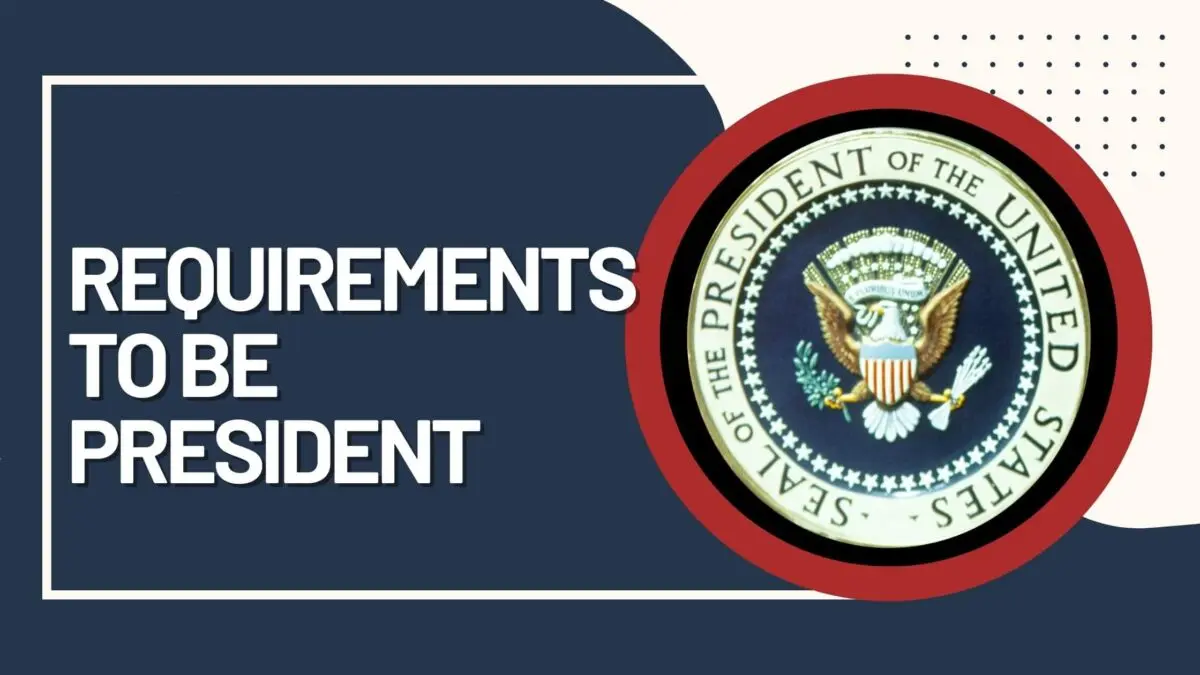George Washington was the first President of the United States.
Between the Revolutionary War and Constitutional Convention, Washington secured his position as a trusted leader.
But did he have any competition for the presidency?
Who ran against George Washington for the role of president?
12 other men were on the ballot for that first election in 1789. This is also how John Adams ended up as our first vice president.
Washington also did not run unopposed for the second election. John Adams and George Clinton both played a part in each election.
Washington Was the Clear Favorite for the Job
One of the reasons we rarely hear about the presidential race and competition for the top job was that Washington’s presidency was a foregone conclusion.
He won the President’s job based on his influence and experience.

Many were convinced by his role in politics up to that point. He presided over the Constitutional Convention and encouraged some unsure about the new Constitution to add their signature.
Of course, everyone also loves a president that served in the military as General Washington did. Washington’s position as a commander in the Revolutionary War against Great Britain placed him in high esteem.
Washington Did Not Run Unopposed in 1789
Although his win was a foregone conclusion, it was important to go through the democratic process to elect the president.
A series of electors from each state would cast their votes for the chosen candidates – one first-choice pick and one second-choice.

The process began with each state having to choose its electors by January 7th, 1789. These men would cast their votes just under a month later, on February 4th.
Three states eligible to do so declined due to political tensions at the time – North Carolina, Rhode Island, and New York.

Get Smarter on US News, History, and the Constitution
Join the thousands of fellow patriots who rely on our 5-minute newsletter to stay informed on the key events and trends that shaped our nation's past and continue to shape its present.
There Were 12 Candidates on the Final Ballot
There were 12 names on the ballot which is a lot by current standards where we are used to our two-party system and maybe some independents.

Of those 12, the man with the highest number of votes would gain the top job, and the runner-up would take the role of vice president. The complete list of candidates was as follows.
- George Washington
- John Adams
- John Jay
- John Hancock
- John Routledge
- R. H. Harrison
- George Clinton
- Benjamin Lincoln
- James Armstrong
- John Milton
- Samuel Huntington
- Edward Telfair
Many of these names are no longer widely known following their loss and lack of later political achievement.
Others would go on to great things.
John Adams Was a Worthy and Popular Opponent
John Adams, who would later become President Adams, was the clear runner-up in this race, with 34 of the 64 electors casting their second vote for him.
As a result, he became the first Vice President of the United States.

His candidacy and subsequent victory are of little surprise, considering his place in United States history and politics.
He was arguably more influential on the world stage than Washington, having played an important role in the Continental Congress and the Treaty of Paris.
Other Well-Known Figures Didn’t Do As Well
From there, the rest of the field received very few votes each. The next highest total was that of Founding Father John Jay, who got nine of the second choice votes compared with six for both R.H. Harrison and John Routledge. John Hancock did even worse.

John Jay was similar to John Adams regarding his influence in politics and foreign affairs. He, too, was present for the signing of the Treaty of Paris and a leading figure during the creation of the Declaration of Independence.
He was also one of the anonymous writers responsible for the Federalist Papers in the lead-up to the creation of the United States Constitution.
Having lost the vice president position, he was appointed the 1st Chief Justice by President Washington.
The First Choice Pick Was Unanimous
The battle for the vice presidency is interesting, looking at the votes cast for the second choice. But, all of the 64 electors unanimously agreed on George Washington as their first pick.

He received the congressional notification about his win on April 16th before taking part in the first-ever inauguration on April 30th.
Washington’s Election for the Second Presidential Term
President George Washington served his first term with Adams as his vice president from April 1789. In 1792, it was time for the second United States presidential election.
This time, the field was narrow. President Washington ran unopposed, as he was the Federalist and Democratic-Republican parties nominee.
Neither side saw the need for a change.

However, officially, there were three names on the ballot, with the other two deemed presidential candidates on a technicality.
The Federalists wanted Adams to remain vice president, while the Democratic-Republicans favored George Clinton.
The result is interesting, considering Clinton’s poor showing in the first presidential election. He took 50 votes against Adams’ 77. So, Washington and Adams held on to their roles for the second term.
George Washington was the first and second president
In short, we can celebrate that Founding Father George Washington was so highly beloved and respected that every elector cast their first vote for him. And, of course, Washington DC was named in his honor.
However, we can’t forget that there was competition from 11 other men in that maiden presidential election. Those secondary votes allowed for the first vice president and would determine the direction of domestic politics for years to come.




